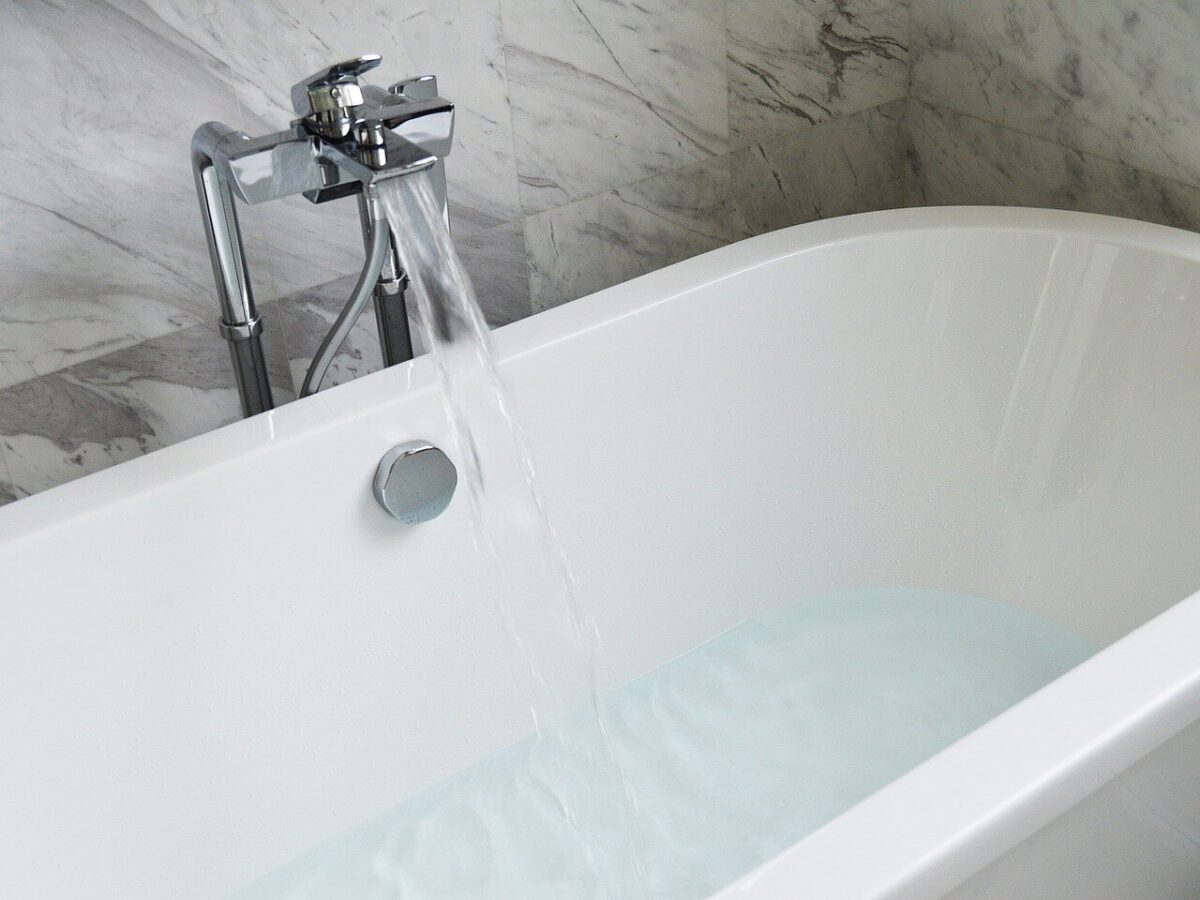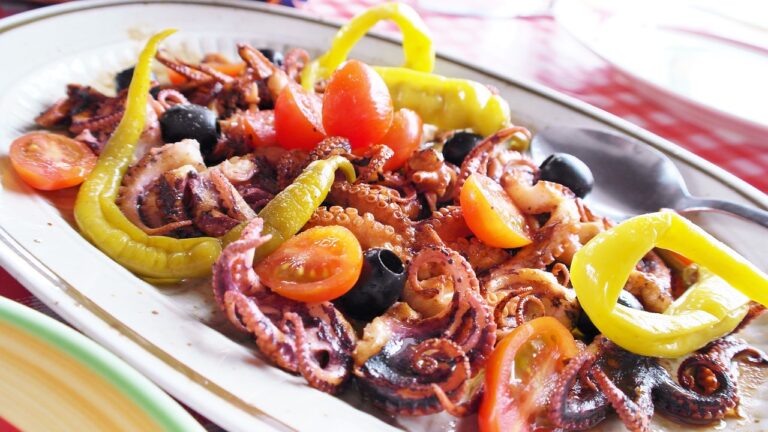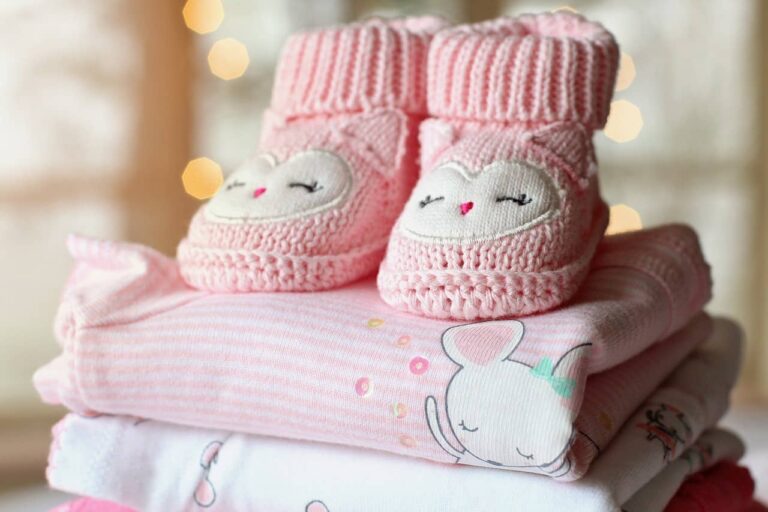Hot Bath To Induce Labor? Plus 4 Overlooked Alternatives
The third trimester of pregnancy can have its challenges. From frequent bathroom breaks to painful contractions, many mothers try to find ways to induce labor and shorten the process.
Many parents tout different methods of inducing labor, most likely passed down from generation to generation. While some ideas are grounded in science, others are likely old wives’ tales.
Some people might recommend a hot bath to induce labor. However, you might want to think twice before you turn that faucet on.
Skip To The Following Sections
- Do Hot Baths Help Induce Labor?
- What are the Benefits of a Warm Bath for Mothers?
- Other Natural Ways to Induce Labor
- Acupressure and Pressure Points
- Sexual Intercourse and Nipple Stimulation
- Hydration and Nutrition
- Professional Massage Therapy
- Reflexology and Foot Massage
- Visualization and Positive Affirmations
- Chiropractic Care
- Prenatal Yoga and Relaxation Techniques
- Warm Showers for Pregnant Women
- FAQ:
- Conclusion
Do Hot Baths Help Induce Labor?
According to WebMD, there is no evidence that a hot bath can effectively induce labor. In fact, a hot bath might cause more trouble in the pregnancy and put moms and children at risk.
A hot bath can cause distress and potential infections. Staying for more than 10 minutes in a hot bath can raise your body temperature. A feverishly hot body can increase the risk of abnormalities in babies. There might also be a chance of miscarriage for some mothers (however, more evidence is needed to back this claim.)
Staying too long in a bath can also raise the possibility of an infection. Bubbles, bath bombs, and bath salts can cause itching and pain in open wounds. Bath salts are also known for changing the pH level in the genital area, leading to problems such as itching, dryness, yeast infections, and UTIs.
While hot baths are not recommended for pregnant and laboring moms, a warm bath is a better alternative. A quick warm bath can have some benefits in your pregnancy and labor. While it can’t promise to induce labor, a warm bath can make your third trimester more bearable.
What are the Benefits of a Warm Bath for Mothers?
Warm baths are meant to relax your body, and you want that during your third trimester. A warm bath helps you get into a better position and allows your baby to move further out of the birth canal.
Meanwhile, some moms benefit from water immersion to relax their bodies, use less epidural anesthesia, and potentially shorten labor time.
However, warm baths aren’t for everybody. Some people might not want the hassle of filling a tub and fumbling around it. Meanwhile, mothers with complications such as preterm labor and blood-related infections might also want to skip soaking in water.
In the end, having a warm bath is a mother’s choice. Some moms might benefit from having me-time in the tub, while others can’t or won’t prepare a bath while pregnant. If you choose to have a warm bath, remember that it’s not your one-way ticket to induce labor, and you want extra precaution before, during, and after bathing.
Other Natural Ways to Induce Labor
Unfortunately, neither a hot nor warm bath can help you induce labor. But you can try other natural ways to induce labor.
However, many of these methods don’t have a lot of scientific evidence to back them up. Instead, most of these tips come from anecdotes from other parents. While some of these methods can help you labor earlier, they’re not scientifically backed up. You will first need to refer to your doctor about these activities.
With that said, here are some ideas on how you can induce labor besides taking a bath:
Exercising
Although experts have found no connections between exercising and labor induction, walking around the neighborhood can help reduce stress and strengthen your body.
Acupressure and Pressure Points
Similar to acupuncture, acupressure involves applying pressure to specific points on the body to stimulate energy flow. Certain acupressure points are believed to help initiate labor by promoting uterine contractions. Learning about these points and gentle acupressure techniques can be explored with guidance from a qualified practitioner. Remember to consult your healthcare provider before trying any new techniques, especially as you approach your due date.
Sexual Intercourse and Nipple Stimulation
Sexual intercourse during the third trimester is generally safe for expectant mothers, as long as there are no complications. Engaging in sexual activity can release oxytocin, a hormone that can trigger contractions. Nipple stimulation can also create the same effect. However, you should avoid having intercourse after your water breaks. Before engaging in sexual activity or nipple stimulation, consider talking to your healthcare provider to ensure it’s safe for you and your baby.
Eating/Drinking Certain Food
Some people might consider consuming a specific drink or food to induce pregnancy. While most of the foods suggested can’t promise to induce labor, they might still have some benefits to them.
Common food suggestions include dates, castor oil, and red raspberry leaf tea. Consult your GP before trying any food, drinks, or supplements, especially if they’re not FDA-approved.
Whether you move around, get pricked by needles, or be a little frisky, the best thing to do during your third trimester is to wait for your labor. If you’re not experiencing complications, just sit back and wait for Mother Nature to do her magic.
Hydration and Nutrition
Staying well-hydrated and maintaining a balanced diet rich in nutrients is crucial during the third trimester for pregnant women. Dehydration can lead to uterine contractions, so drinking plenty of water is essential. Consuming a variety of nutrient-dense foods supports both the mother’s health and the baby’s development. However, specific foods and drinks with potential labor-inducing effects, such as spicy foods, should be approached cautiously and with advice from a healthcare provider.
Professional Massage Therapy
Professional prenatal massage therapy performed by a certified therapist can provide relief from an aching body, muscle tension, and stress during the last weeks of pregnancy. A skilled therapist will use techniques tailored to the pregnant woman’s needs, focusing on areas of discomfort and relaxation. This can be an excellent way to relieve some of the discomforts associated with the third trimester.
Reflexology and Foot Massage
Reflexology involves applying pressure to pressure points on the feet that correspond to various organs and systems in the body, potentially jump-starting labor. Similarly, gentle foot massage can promote relaxation and help with swelling in the feet and ankles, common in the third trimester. Consult a healthcare provider before trying these methods, especially if you have any health conditions.
Visualization and Positive Affirmations
Using visualization techniques and positive affirmations can create a positive mindset and reduce anxiety in expectant mothers during the third trimester. Imagining a smooth and successful birthing process and using affirmations that focus on strength and confidence can help pregnant women feel more empowered and mentally prepared for labor.
Chiropractic Care
Chiropractic care involves adjustments to the spine and joints to promote overall well-being. Some pregnant women seek chiropractic care to address discomfort in the back, hips, and pelvis. Chiropractors with experience in prenatal care can offer gentle adjustments that may alleviate discomfort and potentially contribute to an easier labor process. Always discuss chiropractic care with your healthcare provider, especially if you have any medical history that might affect the safety of these adjustments.
Prenatal Yoga and Relaxation Techniques
Engaging in prenatal yoga and relaxation techniques can provide physical and mental benefits during the third trimester. Prenatal yoga helps improve flexibility, strengthen muscles used during childbirth, and promotes relaxation. Techniques like deep breathing, meditation, and mindfulness can help reduce stress and anxiety, contributing to a more comfortable pregnancy experience.
Warm Showers for Pregnant Women
Pregnant women can safely enjoy warm showers during the third trimester, as long as the water temperature is kept at a safe level. Warm showers are quicker compared to baths, so you lower the risk of developmental problems and infections. Always ensure that the water temperature remains below 98°F (36°C) to avoid raising your core body temperature, which could affect your baby.
FAQ:
What temperature is safe for mothers to bathe in?
A warm (not hot) bath should be 98F (36C) and below. Any higher than that can raise your body temperature and affect your baby.
Can I Have a Warm Shower While Pregnant?
You can have a warm shower while pregnant, as long as it’s at a safe temperature. Showers are quicker compared to baths, so you lower the risk of developmental problems and infections.
Conclusion
Many parents try creative ways to induce and hasten labor. For a lot of moms, this part of pregnancy is one of the most painful and frustrating experiences. So having a way to quickly get pregnancy over with is nothing short of a miracle.
Having a hot bath sounds good, in theory. However, a hot bath can negatively affect your body and baby.
However, that shouldn’t stop you from having a quick warm bath. If you feel comfortable enough to get into a tub, a warm bath can help calm your nerves and open yourself up for your baby. But warm baths aren’t a guaranteed solution.
The best thing to do is just relax and wait for labor to come. We get that contractions suck, and you just want to see your baby come into this world. But waiting for your due date means less hassle and worries, and your baby will be as healthy and radiant as you dream them to be.










